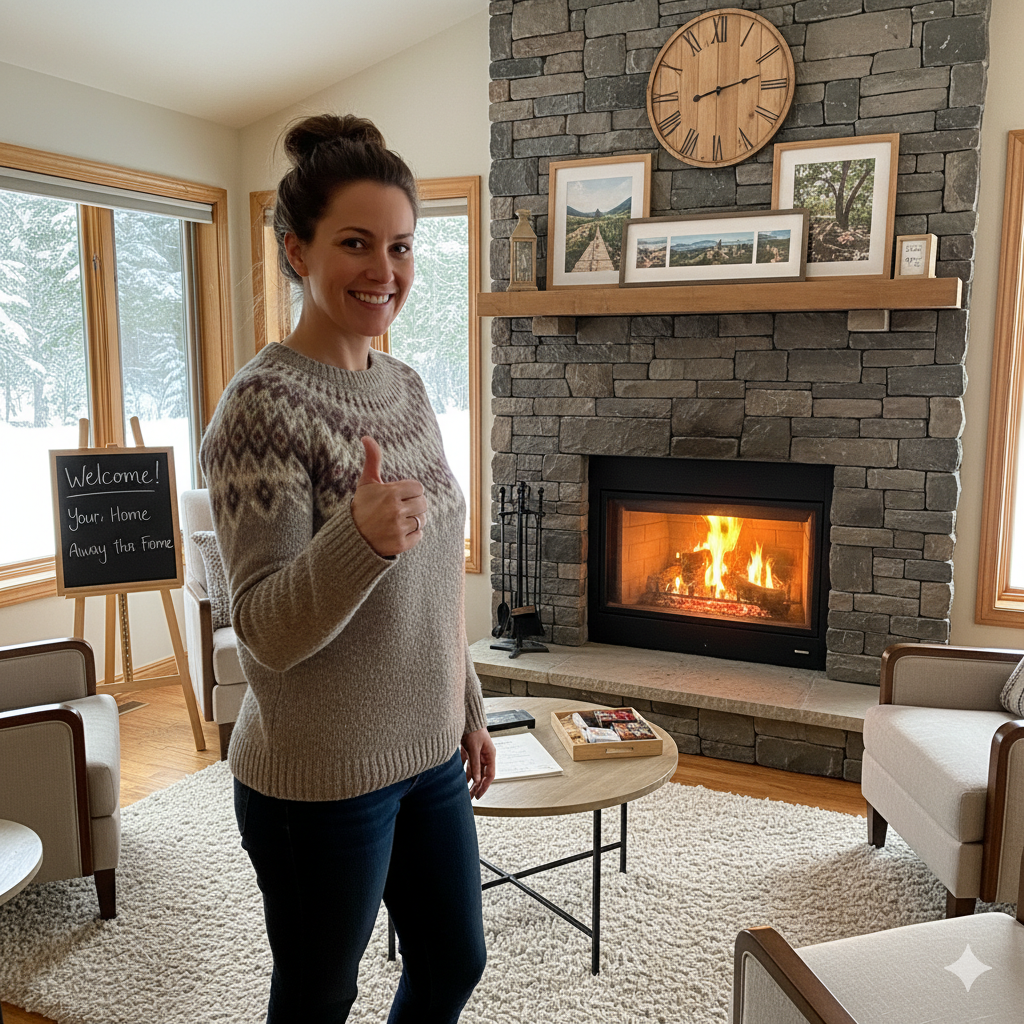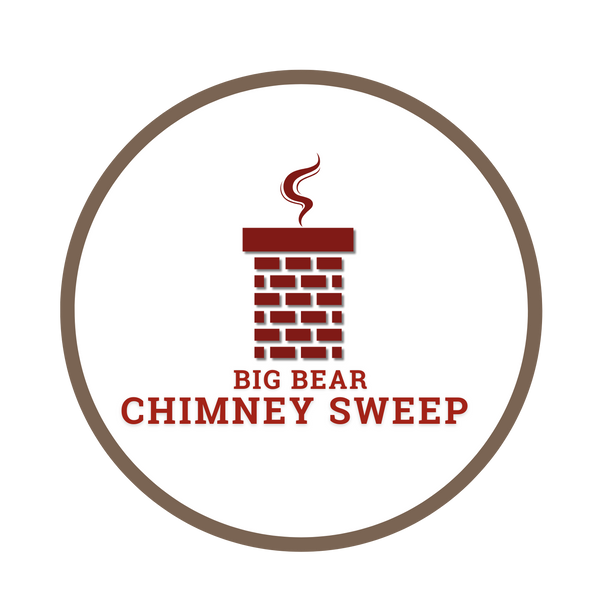
Big Bear Airbnb Hosts: Why Regular Chimney Sweeps Protect Your Guests & Ratings
Share
When guests book a mountain getaway in Big Bear, one of the biggest draws is the ambiance: crackling fire, warm glow, and the feeling of cozy refuge. But that romantic image comes with responsibility. A dirty or blocked chimney is a serious safety hazard—smoke backing into living space, carbon monoxide risks, or even chimney fires.
For Airbnb hosts, prioritizing chimney maintenance is about more than safety. It contributes to guest satisfaction, positive reviews, and peace of mind. In competitive markets, even small oversights can lead to negative feedback. Let’s explore why regular chimney sweeps are critical for Big Bear hosts.
Why Regular Chimney Sweeps Matter for Airbnb Hosts
1. Safety First: Prevent Fire and Smoke Hazards
Every time wood is burned, soot and creosote build up on the interior walls of the chimney. Left unchecked, this residue becomes highly flammable and can ignite, causing a chimney fire. Moreover, blockages—like bird nests or debris—can cause smoke or dangerous gases (like carbon monoxide) to back up into the living space. A chimney sweep isn’t just cosmetic—it’s safety.
2. Maintain Performance & Efficiency
A clean chimney improves draft, allowing fires to burn hotter and more cleanly. That means less smoke, less wasted fuel, and a better experience for guests.
Especially in Big Bear’s cold months, guests expect efficient warmth—not struggle or smoky air.
3. Protect Your Reputation & Ratings
Guests trust hosts to provide safe, comfortable stays. If someone leaves a review mentioning smoke smell, soot, or safety concerns, it can hurt your overall rating—especially if that’s a recurring issue.
By scheduling regular sweeps and keeping records, you proactively prevent complaints and demonstrate professionalism.
4. Insurance & Liability Considerations
In many places, property insurance may require proof of maintenance for fireplaces and chimneys. Negligence could result in denied claims following damage.
As a host, you’re responsible for your property’s safety—keeping chimney services up to date is a form of due diligence.
How Often Should a Big Bear Airbnb Chimney Be Swept?
-
Annual Inspection: The National Fire Protection Association (NFPA) recommends at least one inspection per year for chimneys.
-
Usage-Based Cleaning: If your cabin has a fireplace used frequently during winter, plan for cleaning every year—or even twice a season if usage is heavy.
-
Warning Signs:
• Strong creosote buildup (dark, sticky residue)
• Smoke entering rooms instead of venting properly
• Strange odors from fireplace area
• Animal or nest activity in the chimney flue
If you see these, don’t wait—schedule a sweep immediately. -
Inspection Levels & Costs
Expert chimney sweeps often perform a Level 1 inspection (basic check) as a routine measure. More in-depth levels (2 or 3) are reserved when structural issues are suspected.
Tips for Integrating Chimney Sweeps into Your Hosting Workflow
-
Schedule Off-Season
Plan chimney maintenance ahead of the winter season—less disruption, and the chimney is ready before guests arrive. -
Document Everything
Keep receipts, inspection reports, before & after photos. It helps with insurance, and you can even mention “recent chimney sweep completed” in your listing or guest welcome info. -
Coordinate with Turnover Cleaning
When you already have a cleaning crew coming, try to align the chimney sweep so logistics and access are easier. -
Communicate with Guests
You can reassure guests by including a note like, “Our chimney was professionally swept in [month/year]—we take your comfort & safety seriously.”
Conclusion
For Big Bear Airbnb hosts, chimney care is not just maintenance—it’s guest protection, liability prevention, and a key ingredient in earning glowing reviews. A regular chimney sweep ensures your cozy fires stay safe, your indoor air stays clear, and your reputation stays intact. Don’t wait for problems—treat it as essential hosting infrastructure.
